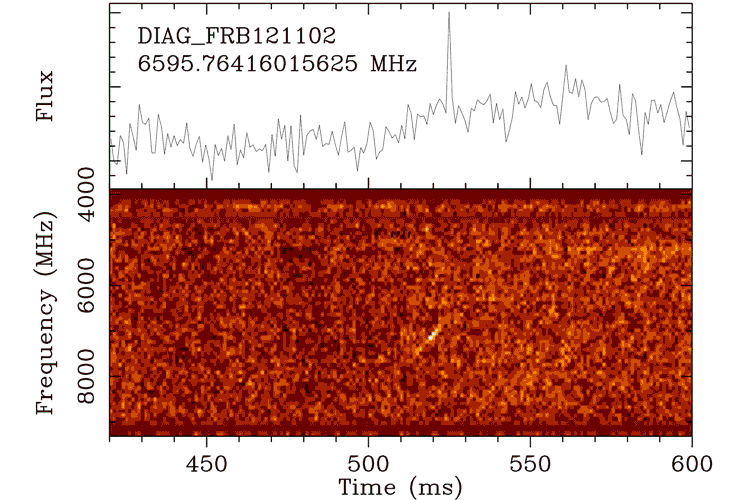An observatory in West Virginia picked up 15 bright radio pulses from a dwarf galaxy, 3 billion light years, earlier this year. The initial results, based on observations carried out by a team of astronomers and astrophysicists, postulate these pulses to have emerged from an unknown source, labelled as FRB 121102. It’s a source of fast radio bursts (FRBs).
They were first detected in 2001, and as the name suggests, FRBs are super-fast and really powerful burst of radio signals. But we still have no idea what causes them.

“The repeating FRB source is an anomaly in the population right now; it's the only one of its kind,” says Emily Petroff, a post-doctoral researcher at the Netherlands Institute for Radio Astronomy. However, Petroff was not directly involved in the current observations.
“We're trying hard to find more (either by checking to see if other FRBs repeat, or trying to find more FRBs and monitor them),” Petroff wrote in an email. “Keep in mind that the population is still really small. Only 30 FRB sources have been found, from 29 of those we've only seen one burst, from one of them we've seen over 200!”
It's thrilling to have 15 bursts from apparently the same source, coming with a higher frequency than usual; 7 Gigahertz. Andrew Siemion, an astrophysicist and director of the Breakthrough Listen program, stated:
“Bursts from this source have never been seen at this high a frequency”.
Breakthrough Listen organization, funding the project, issued a press release saying:
“Possible explanations for FRBs range from outbursts from rotating neutron stars with extremely strong magnetic fields, to more speculative ideas that they are directed energy sources used by extraterrestrial civilizations to power spacecraft.”

It’s their job to bring up aliens as a possibility until they have something else to count on. To begin with aliens bumping in this whole scenario might seem strange but not if the news is coming from a $100 million project with its main objective to look for signals from extraterrestrial civilizations. There are a number of other possible explanations for these repeating bursts, and most of them definitely not include aliens.
“With any mystery signal from space comes the inevitable question about extraterrestrial life. At the moment there's no evidence that these are encoded messages or anything like that,” Petroff says. “And when dealing with a new phenomenon, the simplest explanations—such as emission from an astrophysical source (and not a spaceship)—are usually the best place to start.”
It could be the last spinning remnant of a star turned supernova. These neutron stars can sometimes hurl out bright pulses into the universe, or have magnetic fields so powerful that they earn the name Magnetars. Some scientists think that FRB’s could be emitted early on in a magnetar's development.
“Most of the current theories for FRBs are centered around compact, energetic objects in other galaxies,” Petroff says. “The two most compact and energetic things we know about are black holes and neutron stars; they also happen to be two of the most extreme types of objects in the universe. At the moment there are more theories than there are FRB sources, though.” Petroff further added, “The last time we had a cosmic mystery source like this was with the reporting of the discovery of gamma ray bursts in the 1970s, then it took decades to figure out what caused them and their origin.”
Continuing to observe FRBs can help get more data, and maybe eventually we’ll figure out what they are. Lots of new telescopes are coming online in the next 6 to 12 months to further probe these FRBs. The fact that we are learning more about the magnificently baffling universe is exhilarating itself.
